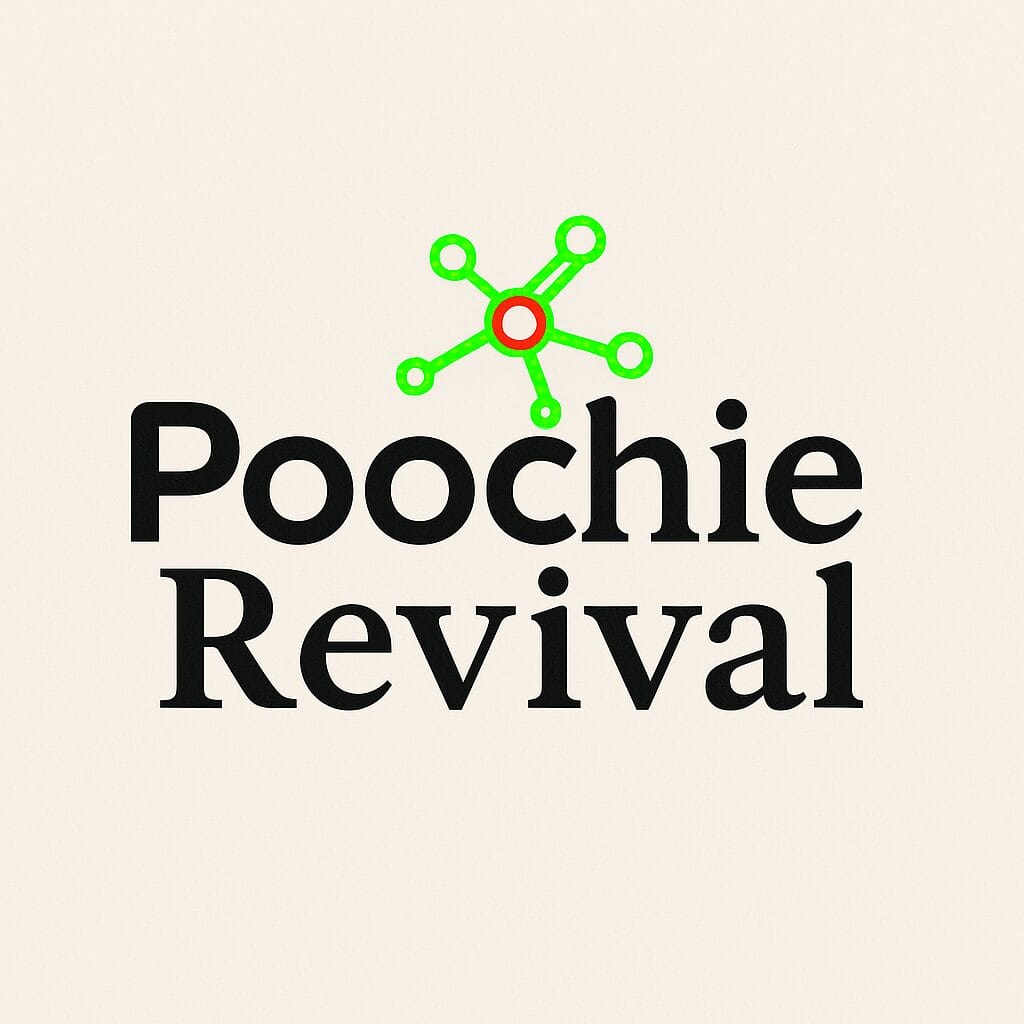When the topic is dog barf, it is necessary to introduce the current economic creator of barf, Ian Billinghurst. This quickly sheds light on the background and basic claims of certain barf assertions.
To better understand why Billinghurst recommended certain things and prohibited others, it is essential to briefly go through his professional background. This also helps to understand why alternative treatments have, in a way, taken over barf for themselves – the reason is not solely due to a negative attitude towards industrial foods.
Billinghurst was originally trained as an agronomist and nutritionist. He graduated in 1966, at a time when even human nutrition was understood only in part compared to today, and even less was known about dogs. After graduating, he immediately became a researcher, essentially teaching agriculture-related subjects. This lasted for about five years, and he decided to start veterinary studies, which he completed in 1976. Veterinarians are not taught dog nutrition anywhere, even today, but Billinghurst at least had basic knowledge of the subject – although it was about humans.
After becoming a veterinarian, he immediately started his own practice, and the foundation for barf began to form. According to Billinghurst, every time he dealt with sick dogs, they were fed industrial dry food. Similarly, every time a dog was healthy, they had been fed meat, bones, and leftovers. In other words, raw food.
This is where we first encounter the weaknesses of barf. Everyone knows that the division between sick and healthy does not hold true. It didn’t then, and it doesn’t today. Not in Australia, nor in Europe. Dogs also did not live on bones and raw food, but their diet was based on human leftovers. If there was any difference compared to those fed with dry food, it was the variety of food. Not cooking or the amount of bones. However, Billinghurst overlooks this. He was guilty of gross generalization and, in a way, interpreting the existing situation according to his own goals.
In the 1980s, he became acquainted with so-called traditional Chinese medicine, intended for humans. Opinions may vary about ancient Chinese and their abilities, but the fact is, it was not medicine. The Chinese method of healing was not based on identifying the causes of disease or understanding human physiology and structure, because in ancient China, the study of anatomy was punishable by death. The first textbooks on human anatomy arrived in China only with the Portuguese. Chinese healing is thus based on the unresearched use of herbs, but most strongly on the manipulation of energy flows.
This point of contact is the reason why alternative practitioners found it so easy to relate to Billinghurst’s teachings. It might also be the reason why there are so many theories in barf that go against canine physiology and metabolism. Billinghurst already had a reasonably smooth attitude towards his claims as facts, and this, combined with the study of alternative treatments, might also explain why Billinghurst himself is apparently not bothered by certain storytelling regarding barf.
In 1993, Billinghurst published his first barf book: Give your dog a bone. It quickly gained a reputation and decent sales figures. Having started his career in teaching, Billinghurst quickly transitioned to a role that was surely most natural for him and began earning his living by traveling the world lecturing about barf. Two other barf books were published, and barf, as a feeding style created by Billinghurst, had established its position.

